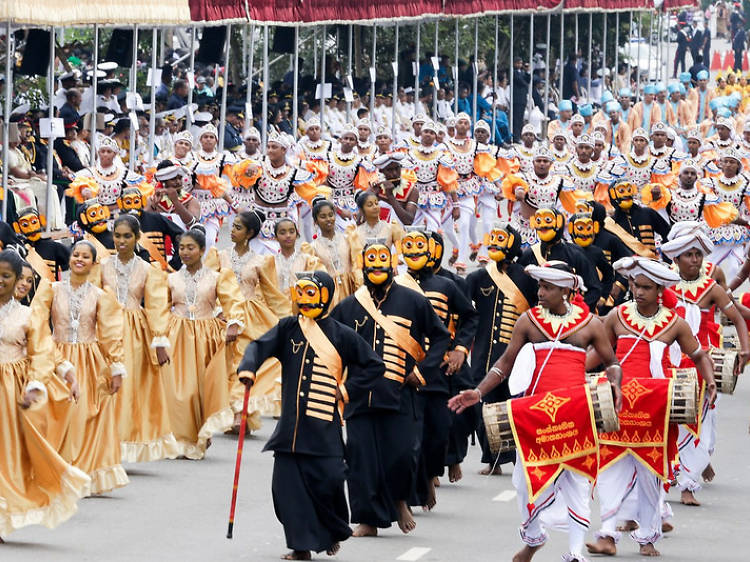Everything You Need to Know About Sri Lanka's Independence Day


Sri Lanka's Independence Day, observed annually on February 4th, stands as a testament to the nation's triumph over colonial rule and its journey towards sovereignty. This article delves into the various aspects of this significant day, offering insights into its history, traditions, and celebrations.
A Historical Retrospective

Origins of Independence: Sri Lanka, formerly known as Ceylon, gained partial independence from British colonial rule in 1948, marking the beginning of a new chapter in its history.
Evolution into a Republic: On May 22, 1972, Sri Lanka transitioned into a full republic and adopted the name the Democratic Socialist Republic of Sri Lanka, solidifying its status as a sovereign nation.
Key Figures and Milestones: Notable leaders such as Don Stephen Senanayake and Sirimavo Bandaranaike played pivotal roles in shaping Sri Lanka's path towards independence, leaving behind a legacy of resilience and nation-building.
National Celebrations Across the Island
Unity in Diversity: Sri Lanka's Independence Day is a nationwide celebration, with festivities spanning from bustling urban centers to serene rural villages, showcasing the country's rich cultural tapestry.
Cultural Extravaganza: Expect to witness a kaleidoscope of cultural performances, including traditional dances, music recitals, and theatrical displays, providing a glimpse into Sri Lanka's artistic heritage.
Galle Face Green: Colombo's iconic Galle Face Green serves as the epicenter of Independence Day celebrations, hosting an array of events, from flag-hoisting ceremonies to military parades, against the backdrop of the picturesque coastline.
Read More: 5 Tips to help expats save money in the UAE!
Religious Observances and Multicultural Harmony
Diverse Religious Traditions: Sri Lanka's religious landscape is diverse, with adherents of Buddhism, Hinduism, Islam, Christianity, and other faiths coming together to commemorate Independence Day through prayers, rituals, and ceremonies.
Interfaith Unity: Pre-Independence Day religious observances underscore the nation's commitment to religious harmony and coexistence, with communities of different faiths joining hands in solidarity and celebration.
Read More: Family Laws for Non Muslims Expats Revealed
Military Pageantry and National Pride
Saluting Sri Lanka's Defenders: The annual military parade stands as a testament to the nation's defense forces' prowess and commitment to safeguarding its sovereignty and territorial integrity.
Presidential Address and Symbolic Gestures: The President's address and ceremonial lighting of the lamp serve as poignant reminders of Sri Lanka's resilience and unity in the face of historical challenges.
Symbolism of the Sri Lankan Flag
Meaning Behind the Colors: The Sri Lankan flag, with its vibrant hues of orange, green, and maroon, symbolizes the nation's multicultural identity, with each color representing a distinct ethnic group.
Historical Significance of the Emblem: The lion emblem, derived from ancient Sri Lankan heraldry, embodies strength and courage, reflecting the nation's indomitable spirit.
Sri Lanka's Independence Day transcends mere commemoration; it serves as a testament to the nation's enduring resilience, cultural richness, and unity in diversity. As Sri Lankans worldwide gather to honor their heritage and progress, they reaffirm their commitment to a future defined by peace, prosperity, and inclusivity.
Stay up to date with the latest Gulf news for FREE! Follow Gulf Moments on WhatsApp Channels and subscribe to our daily newsletter.